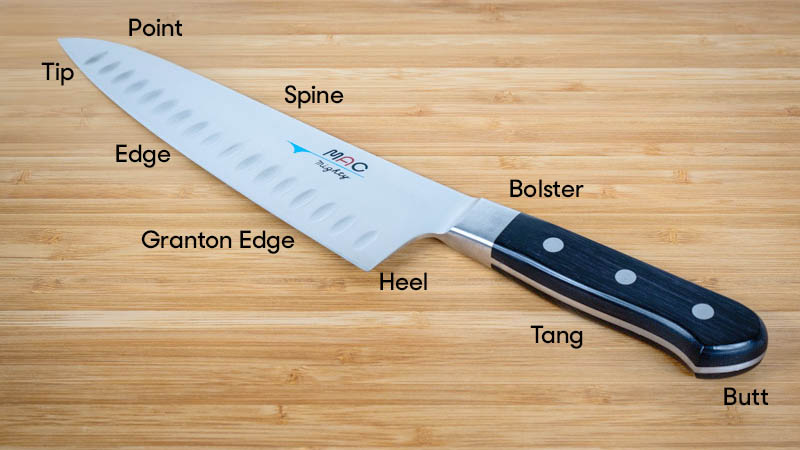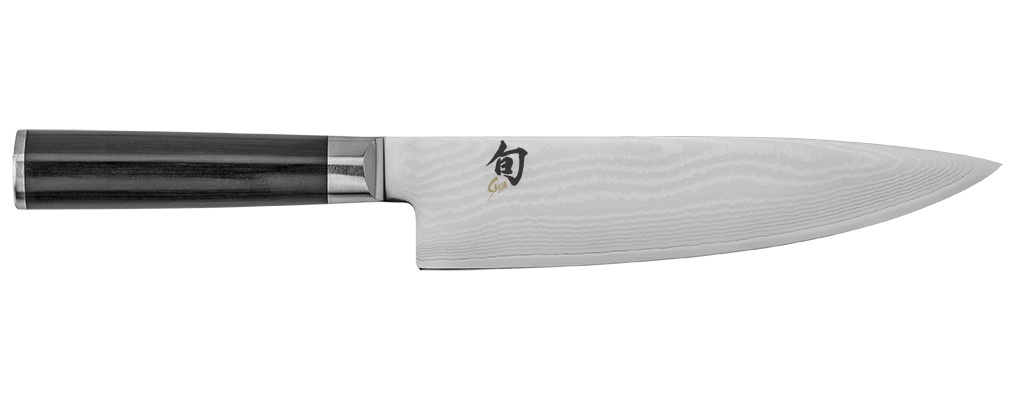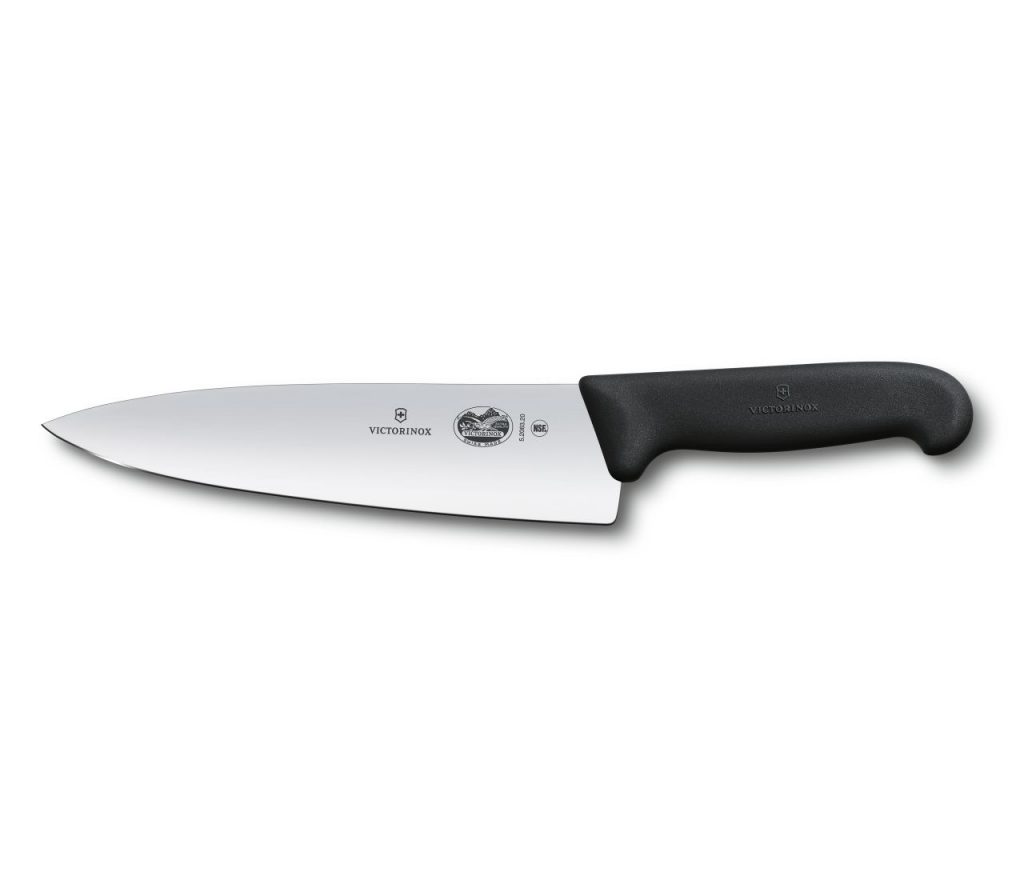Last year I broke my knife. I’d had it for going on 10 years and I was faced with the formidable task of buying a new one. There was no joy in this virtual shopping trip because, as with so many things these days, there are so many choices I simply didn’t know where to start. I loved my old knife, but I was pretty certain I could improve on it, especially considering that when it broke, it was because the handle split in two, leaving the blade in tact but useless.
Naturally then, I was drawn to a knife that was constructed of one piece, like a Global. I had heard a lot about this brand and a colleague I respect mentioned that he used this knife. But even if I chose a Global, what sort of shape and size is best for me? I was leaning towards a Chef or Cook’s knife, which in the end, is what I went with because it seemed to be widely acknowledged as the best all-rounder in the kitchen. I wanted to share this chef knife review I found at Reviews.com, because it’s very thorough and while it might be an American site, much of the information is still relevent. The authors talked to two chefs, a cooking instructor, and a knife expert, and then actually used and tested 11 best-selling chef knives to see which ones stood out.
How They Found the Best Knife
The world of kitchen knives is vast. Popular brands like Wusthof offer several lines apiece, and that’s before you consider whether you want an 8-inch, 9-inch, or 12-inch blade, a full bolster, half bolster, or no bolster? How about a full tang? A granton edge? But in the process, they learned that no single feature makes a knife objectively better. Rather, they’re indicators of how the knife is designed to perform. Take the bolster (the band of metal separating handle from blade): A bolster can help you maintain a safe grip. It also allows you to put a little more oomph into your chop without damaging your knife. But chef Ariane Resnick points out, “Bolsters make knives harder to sharpen, and heavier. So even though they offer some protection [for both your fingers and the knife], they have downsides; it’s just a matter of personal preference.” All you really want is a knife that, to quote Resnick again, “gets you excited about cooking.”
That said, some knives and some brands consistently outperform others, so the team knew that “best chef knife” wasn’t entirely subjective. To narrow the playing field, they researched to identify the brands with the best reputations (which included asking our experts which brands they preferred). Then they contacted these companies to learn which of their knives were also bestsellers. Over the course of several weeks, this allowed the reviewers to cull a starting list of 170 knives down to 11 final contenders:
- Global G-2 8-Inch Chef’s Knife
- MAC MTH-80 Professional Series 8-Inch Chef Knife with Dimples
- Messermeister Meridian Elite Chef’s Knife
- Messermeister Park Plaza Carbon 8″ Chef’s Knife
- Miyabi Kaizen Chef’s Knife
- Miyabi Morimoto Red Series 600 S 8″ Chef’s Knife
- Shun Classic Chef Knife
- Victorinox Fibrox 8-Inch Chef’s Knife
- Wusthof Classic Chef Knife
- Zwilling J.A. Henckels Professional S 8-Inch Chef Knife
- Zwilling J.A. Henckels Forged Razor Series 8″ Chef’s Knife
With the Wusthof Classic 8 and Global G-2 8-Inch Chef’s Knife coming in as runners-up, the best three knives were:
To find out more about the process, tests and other nifty tips and bits of advice, read the full article here.



